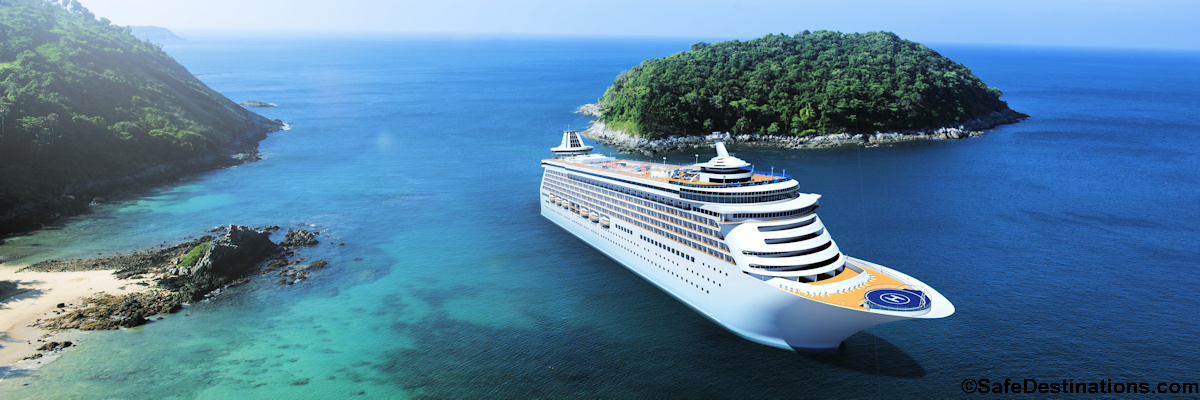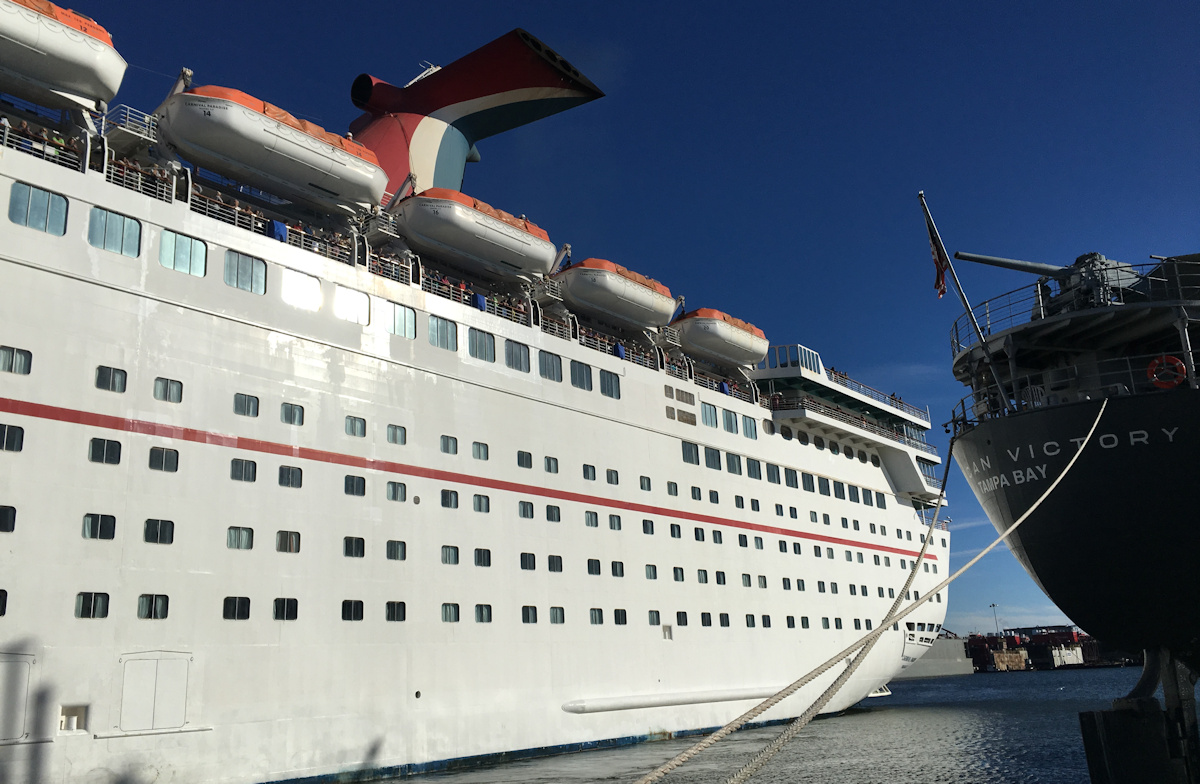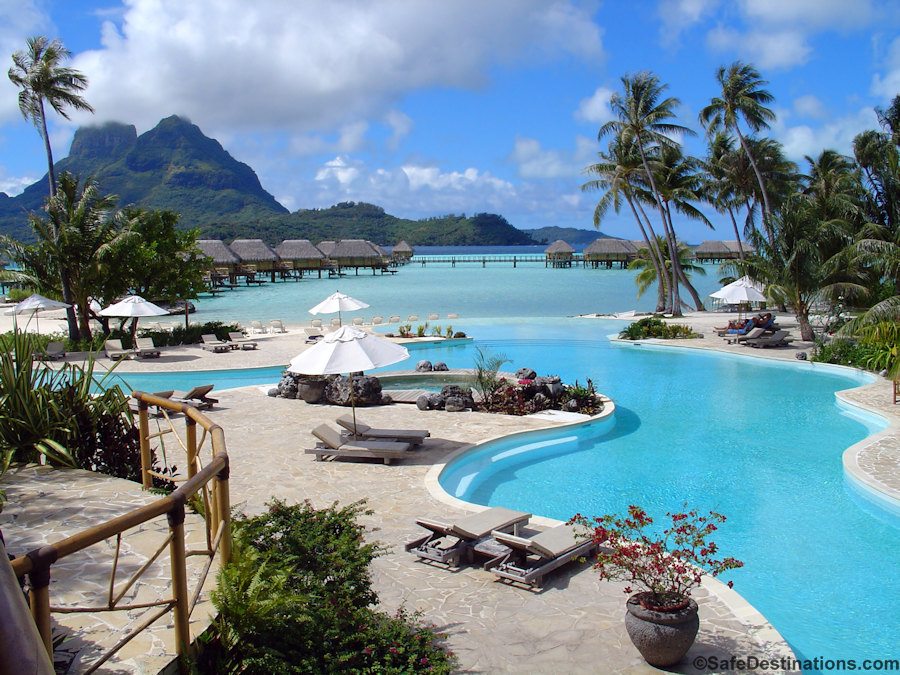Cruise Vacations: Safety & Preparations To Ensure a Great Cruise

Cruise lines, like airlines, are extremely concerned with passenger safety and aim to provide a positive experience for passengers. Rating cruise lines and vacation packages can be a subjective undertaking but there are ways to create a list of the best and safest cruise lines available.
Our ratings are derived from using three criteria with different criteria weightings to arrive at a score out of 10. Ratings of the ships luxury class, the atmosphere, the facilities, cabins, activities are combined with a database of traveler reviews and ratings. These are further adjusted based on the health and safety score of the cruise lines using data collected from health and safety agencies.
- Royal Caribbean International – Rating 4.0/5.0
- Carnival Cruise Lines – Rating 3.7/5.0
- Celebrity Cruises – rating 4.1/5.0
- Norwegian Cruise Line – Rating 3.7/5.0
- Princess Cruises – Rating 3.9/5.0
- Holland America Line – Rating 4.0 /5.0
- Disney Cruise Line – Rating 4.2/5.0
- Crystal Cruises – Rating 4.5/5.0
- Regent Seven Seas Cruises – Rating 4.3/5.0
- Azamara Club Cruises – Rating 4.2/5.0
Basic to do things for going on a cruise
Just like traveling on an airplane for vacation on a sunny beach you will want to carry a small bag of your essentials. Since your checked luggage will arrive and be delivered to your stateroom later in the day of embarkation, it is recommended that you pack a small carry-on bag with:
- Proper Travel Documentation (passport, visas)
- Important paperwork (tickets, insurance information)
- Wallet (just the necessities: cash, credit cards, driver’s license, AAA card)
- Prescription medications in their original containers
- A change of clothes
- Personal toiletries
- Anything else you might want access to before your luggage arrives
Your best way to organize going on a cruise is to arrange to be; at the dock, on time; with a ticket for that cruise, and a passport book.
A ticket is obtained from the cruise line or through a travel agency. While getting the ticket the traveler can find, the range of time, to arrive at the dock.
A passport, for persons in the United States, is gotten from the US State Department, some Post Offices, or private businesses.
There are items not permitted on ships and items not permitted to be taken out of the country. The traveler should be aware of these before leaving for the port. Can contact the US State Department and the cruise line to get assistance in finding what they are.

Timing for organizing the cruise vacation
First: Complete booking cruise six months before departure date.
Second: Apply for passport book immediately after booking the cruise.
Third: Three months before departure date. Make arrangements to get to and from the port or ports the ship will depart from and arrive at on the return. Make arrangements, to stay overnight, if needed, near the port or ports.
What To Bring On Your Tropical Cruise
- Snorkel and mask
- Camera, underwater camera, extra memory card(s) and binoculars
- Chargers (phone and camera)
- Wildlife and Night Sky ID charts
- Daypack or beach bag
- Portable, refillable water bottle for day trips or the beach
- Reading material for the beach or pool
- Translation books / apps for visiting foreign-speaking ports
- Re-sealable plastic bags (especially useful for wet bathing suits or clothing)
- Beach toys for kids
- Sunscreen, after-sun lotion such as aloe and insect repellent
- Hat or visor and sunglasses
- Rain jacket or poncho and small umbrella
- Sandals and comfortable walking shoes (pack sneakers or hiking shoes if you plan to do hikes, explore rural areas or do lots of walking in port)
- Clothing that is appropriate for visiting religious buildings; generally, this means covering the knees and shoulders
- Light sweater, cardigan or jacket
- Bathing suits for all occasions (including beach swimming, snorkeling, water parks and pools), along with a cover-up
What To Brink For Cold Cruises: Alaska, Canada, Northern Europe or Near Antarctica
- Comfortable walking shoes with good traction, hiking boots and closed toe-shoes (which may be required for select shore excursions)
- Rain gear
- Lightweight coat or sweater for layering!
- Lightweight cap, gloves and scarf
- Hat or visor and sunglasses
- Rain jacket or poncho and small umbrella
- Camera, video camera, waterproof case and extra memory cards
- Chargers (phone and camera)
- Binoculars or spotting scope
- Collapsible backpack or daypack
- Sunscreen and insect repellent
- Small first aid kit
The cost of a cruise
The average cost of a cruise vacation is around $250 US per day. This is an average based on worldwide cruises and includes the cost of the actual cruise ticket plus the typical spend per day on additional activities and extras like excursions and entertainment that is included in the all-inclusive price etc.
Cruise pricing is based on double occupancy, two people in a cabin. If you want to occupy a cabin by yourself you’ll pay more. If three people share a cabin and split the cost, you might be able to pay less.
Most cruises, regardless of category, do not include airfare or other transportation to the port, so you’ll have to include getting there in your budget. You’ll likely also have to pay extra if you want travel insurance and transfers from the airport to the cruise ship pier.
When planning your budget, keep in mind that your biggest expenditure after your cruise fare (and airfare) is likely to be for shore excursions — almost never included in the quoted price (though some luxe lines and river ships do throw in some excursions). This is especially true if you are cruising to an exotic locale (where you’ll want to do more than a quick beach jaunt). Rates range from about $39 to $199 per person for a bus tour to $500 and beyond for a once-in-a-lifetime experience.
Some different costs for the cruise are; the ticket, room, gratuities, beverages, food, passenger photograph, excursions, land transportation, and various taxes. For me, the total cost for each 7-day cruise ranged from 1500 to 1900 dollars. The total cost of a cruise can vary for many reasons. There is often a down payment, of around 25% of ticket price, when booking and a remaining payment approximately two months before departure date. Also ,there is an onboard bill that is paid at the end of the cruise.
Price for room as advertised is the per person price. One person can be booked in one room, which has a two person occupancy. That person will pay all or part of the price of a second person. There are different sizes of rooms which allow different numbers of persons per room. The room price is in the ticket price.
Two gratuities are agreed to be paid when booking, one for the persons cleaning the room, the other for the persons working in the food service areas. They each can be a fixed price or a percentage of your consumption if any smart devices track your usage and consumption on board. Any amounts owing would be paid for before leaving the ship unless it is an all-inclusive cruise or your travel agent has made other arrangements for you.

All money spend on the ship, except, maybe in the casino, is in the onboard bill. The traveler agrees to pay this bill as part of getting the ticket. Ships have a ships credit, which some passengers can receive. This credit is used in place of paying all or part of the onboard bill. There can be a saving on some beverages by paying one large amount instead of paying for each beverage. This is billed with the onboard bill. The passenger has paid for some of the food consumed when paying for the ticket. Other food consumed is paid for at end of cruise.
Also during the procedure of getting a ticket, the traveler agrees that the cruise line can take the passengers photograph and use it in any way they want. This includes selling it to the passenger and displaying it on the ship.
Ships have land excursions. These are tours and activities for passengers on land while the ship is docked. They can be arranged before or after the ships departure date. They are billed in the onboard bill.
The cruise line can have prearranged land transportation to go to and from an airport in the area of the departure and return port or ports. If the traveler arrives by air the day of departure the use of this service is arranged before leaving for the cruise. If the traveler does not arrive the day of departure by air or arrive at the port the traveler can go to the airport on the departure day and purchase, from the cruise line, a ticket for the land transportation. With this service luggage can be taken, by the cruise line, at the airport and put in your room on the ship. Need to have carry-on luggage, with all things needed for the check-in process and the first three to four hours on the ship in your carry on luggage. The passenger pays for the land transportation service when paying the on board bill at the end of the cruise.
Various taxes and fees are in the ticket price.
Information about the cruise
The time for the passenger to be on the ship is not the departure time. It is the end of a length of time referred to as the boarding time. A common time for the boarding time, when starting the cruise, is the time range of three and one-half hours before departure time to one and one-half hours before the departure time. It is possible that a traveler, might, not be permitted to board a ship if the passenger arrives, at the dock, after the boarding time ends.
The word port means the larger area which can have, within it, several terminals, piers, and docks. The place the ship is at is called the dock. To find the place to go to get on the ship, is to go to a dock. The traveler actually goes to a terminal which is by the dock the ship is at. Here, his carryon luggage and the passenger, are checked for items that are not permitted. Also the traveler checks in with the cruise line here. After checking in the passenger receives a card. This card is his room key, what is used for purchases and reservations while on the ship, and the passenger’s identification for entering and leaving the ship.
After receiving the card the passenger goes to the entrance of the ship. The entrance to the ship is called the gangway, the walkway to the entrance is not referred to as the gangway. The gangway is at different locations at different ports.
To find a location on the ship the deck number is used, then the location is the front, middle, or back of the ship. A deck is a floor on a ship. They are numbered with the lowest one being number one. Ships have elevators to go from deck to deck.
Things to do after boarding ship
On board the ship: Many things are free because you have paid for them already. So you can do nothing, eat, use the gym facilities, go to the late night entertainment, go to the live theater, go to the dance music clubs, go to the comedy entertainment, go to daytime ship events, go to ship activates which passengers participle in, you’re on vacation, you paid for it, the less you do the more it cost.
At ports: Get off the ship, go somewhere, anywhere, go to the end of the dock, go on an excursion, walk and shop in the dock area, walk around within five or six blocks of dock area, go to a shopping area in the country, don’t stay on the ship. Rental cars and taxis are at some ports.
Formal dress: Ships can have formal dress requirements, during some times and in some areas on the ship. Typically to meet these requirements the male can wear dress pants, dress shirt, and a suit coat type of a blazer. The female can wear a dress type of a dress.
